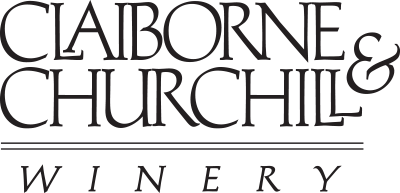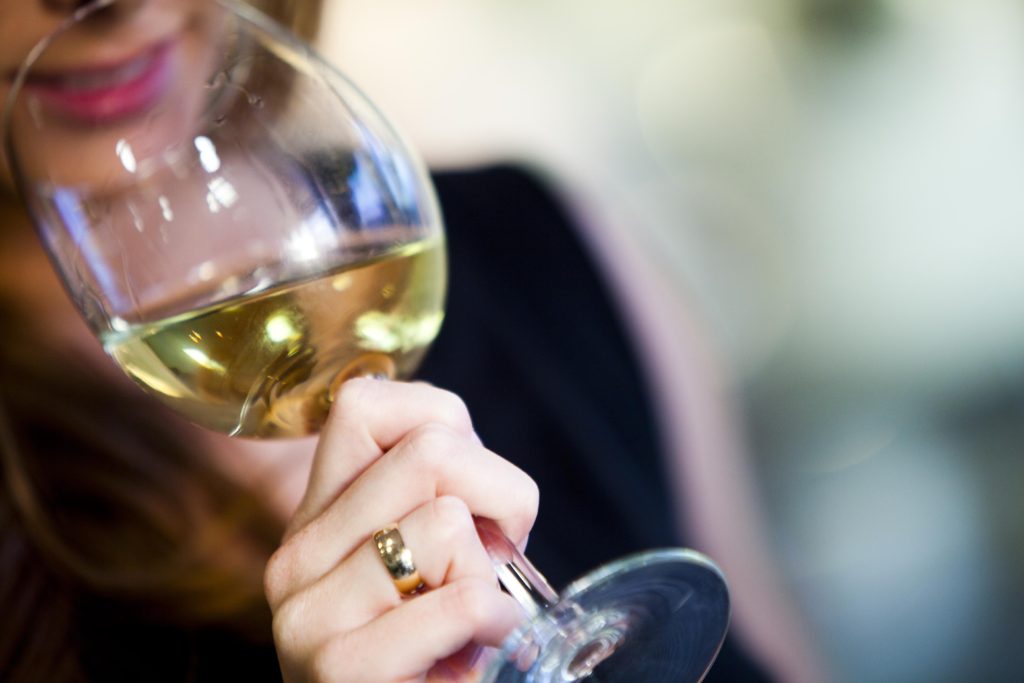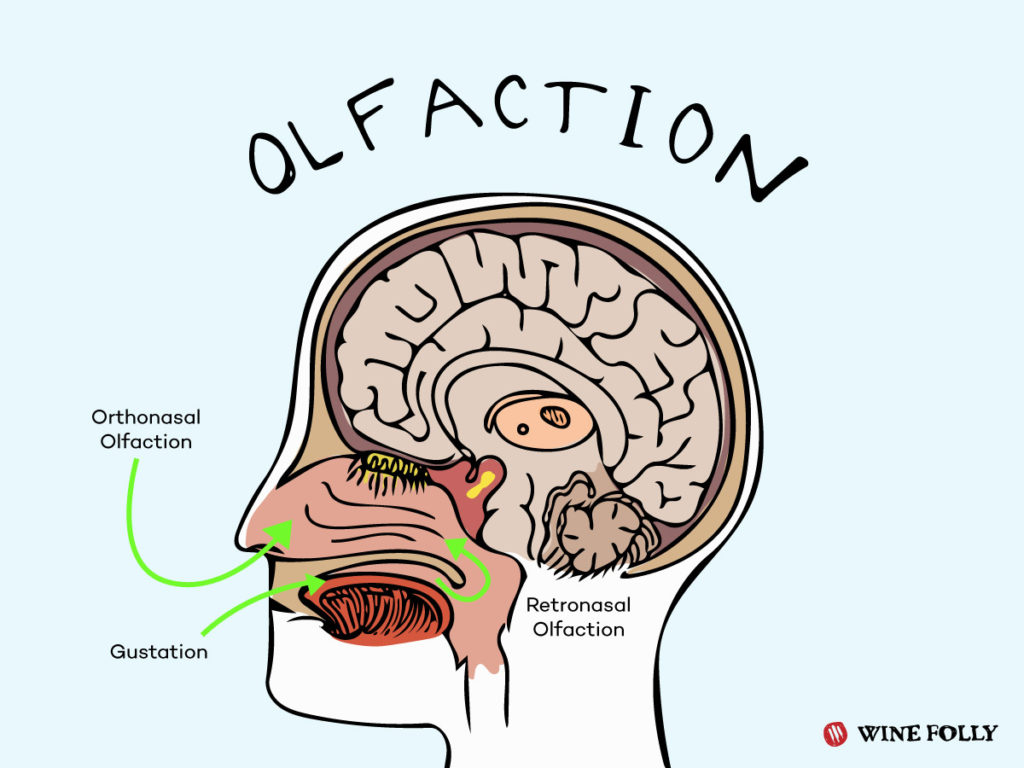Wine tasting in California has evolved into an ever growing industry associated with leisure and tourism. Originating in Napa, it then spread to the Edna Valley in the early 1970s according to SLO Wine Country. Thousands of people flock to California wine regions each year to taste the wines produced.
So, how do you get the most out of tasting? Let’s talk about it!
Make sure you are tasting the wines in the best order. Generally, start with the whites, then reds, then finish with desserts. This makes sure the tannins of the reds don’t affect the taste of the whites. If you are tasting at a winery, they will have a tasting list to follow that will have the wines listed in the best order to taste. Follow these steps to get the best impression of the wine: swirl, sniff, sip, swish, and swallow or spit.
Anyone that has been tasting before, is likely to know that. But scientifically, why does wine tasting work?
Even though it is titled “Wine Tasting” after our sense of taste, this activity uses almost all of your senses. Especially smell!
Before taking a sip, it is suggested to swirl around the wine and smell it to see the aromas the wine brings out. This can be just as much a part of the tasting process as tasting! Sometimes if you enjoy the taste, you will still be turned off because of the smell!
Now take a sip! The wine will hit your taste buds and immediately release a reaction, whether it is sweet or sour!
Then, it’s back to you sense of smell! People will say that they taste things like berries and cola when they try wine. However, we don’t get that reaction through our taste buds. It’s through smell! When you swirl your sip around in your mouth the aromas travel internally to your nose when you identify the flavors you think you are tasting.
We can’t forget about the sense of sight either! This has to do with how the wine looks in the glass, but also so much more. As a kid, everyone was told not to judge a book by it’s cover, but you can’t help it! This also applies to wine labels. The better the label deign, the better the first impression. Tasters also judge the bottle by the winery it was made by and where they purchased it. There will be a better expectation for a bottle coming from a well-known high-priced winery than a bottle from your local grocery store.
The best way to make sure your sense of sight doesn’t influence your wine tasting is to use a black wine glass!
Who knew we had to thank our nose for so many of the details we pick up when tasting a new wine? So now it’s time to put this knowledge to work. Cheers!



